The Smithsonian Institution’s 2022 Folklife Festival in Washington, D.C. featured Aaniiih Nakoda College’s newly established Buffalo Research and Education Center
By Paul Boyer
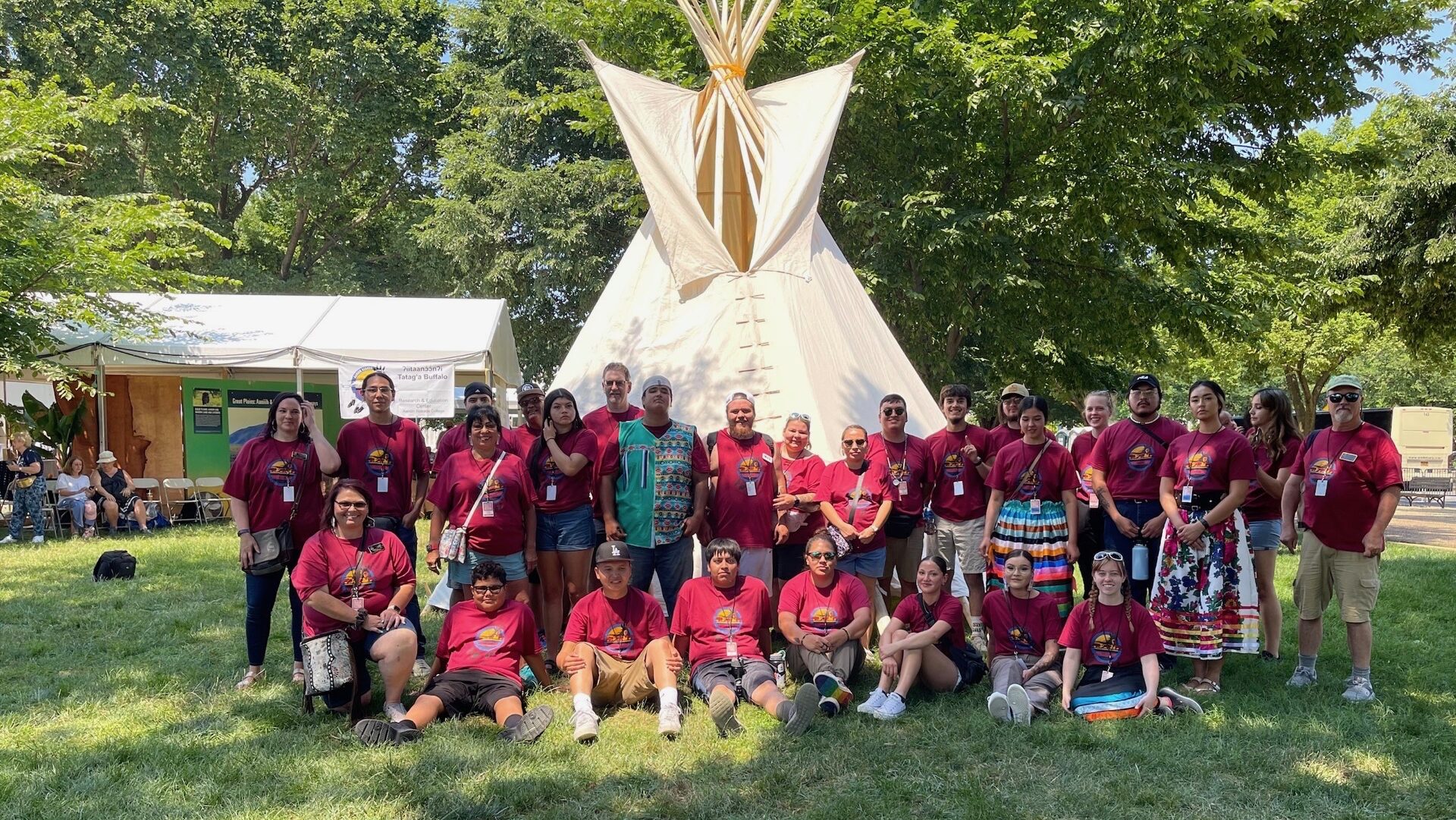
Aaniiih Nakoda College’s prairie-related research was featured on the National Mall in Washington, D.C. earlier this summer as part of the Smithsonian Institution’s annual Folklife Festival. Nineteen students and seven staff members from the Montana tribal college were on hand to talk about the college’s newly established ʔíítaanɔ́ɔ́nʔí/Tataģa (Buffalo) Research & Education Center and introduce visitors to the culture and language of Northern Plains tribes.
Established in 1967, The Folklife Festival “honors contemporary living cultural traditions and celebrates those who practice and sustain them,” according to the Smithsonian. For two weeks in late June and early July, organizations from across the country and around the world fill the Mall—the grassy expanse between the Capitol and the Lincoln Memorial—with displays reflecting their work and cultural traditions. Music, food and hands-on demonstrations are an integral part of the experience.
Festivals are thematic. This year’s event, the first since the pandemic, featured community-based efforts to address environmental problems. “By changing the narrative from despair to optimism and possibility, the program shines a light on individual and community efforts to address people’s most pressing challenges,” according to the Smithsonian.
Aaniiih Nakoda College, located on the Fort Belknap Reservation of central Montana, was invited to share information about its newly established ʔíítaanɔ́ɔ́nʔí/Tataģa (Buffalo) Research & Education Center. Funded by the National Science Foundation’s Tribal Colleges and Universities Program, the center monitors the Fort Belknap Tribe’s growing buffalo herd and studies the dynamic relationship between buffalo and the prairie ecosystem.
The tribe currently manages 800 buffalo on a 22,000 acre pasture that the college characterizes as an “outstanding remnant of a relatively intact grassland ecosystem where buffalo may still function as ecosystem engineers.” The project’s long-term goal is to “support the sustainable management and protection of the buffalo herd and surrounding prairie landscape—now and in the future.”
Research also includes monitoring of ground nesting bees and recently reintroduced swift foxes, as well as sage grouse and other birds. Several of these research projects are conducted in partnership with the World Wildlife Fund and the Smithsonian’s Conservation Biology Institute.
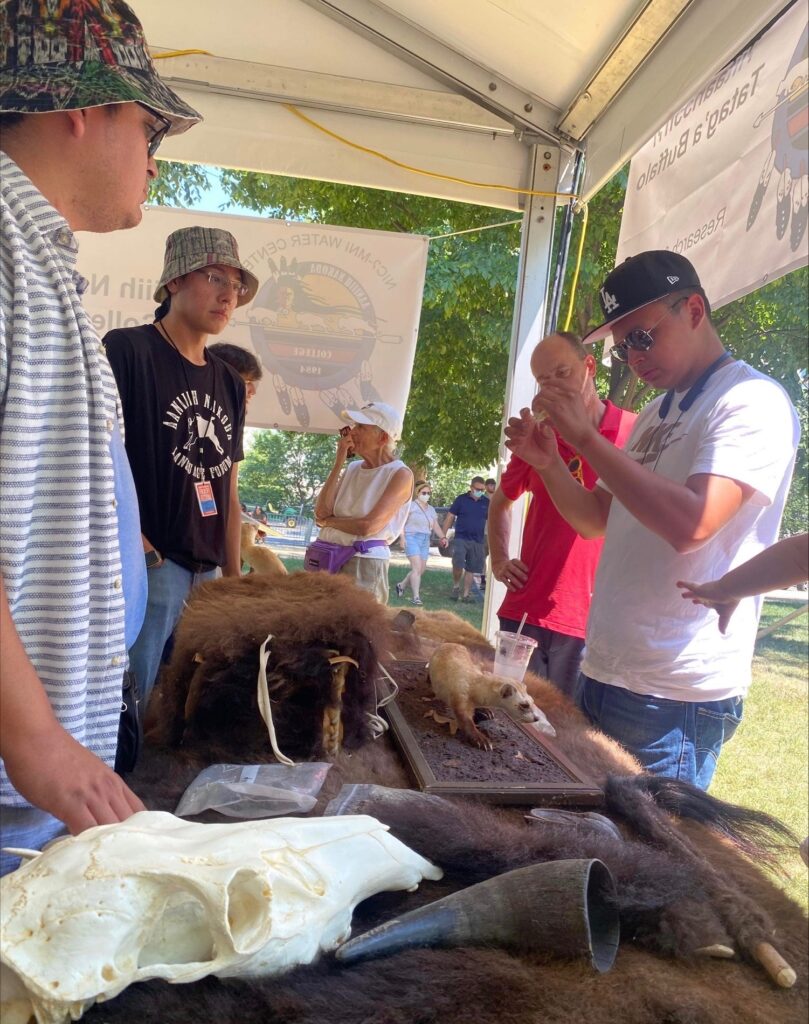
College representatives also shared information about another NSF-funded research initiative, the Nicʔ-Mní (Water) Center, which is studying water pollution, water use, and water conservation strategies in agriculture. (See our earlier stories about the Water Center here and here.)
In keeping with the cultural focus of Folklife Festival events, the college erected a full-size tipi on the Mall. Cheryl Morales, the college’s teacher training project coordinator, and Manny Morales, the institution’s USDA project manager, demonstrated their “weeknight bison meatball recipe,” a dish based solely on Indigenous ingredients. Visitors were also offered presentations on northern Plains languages.
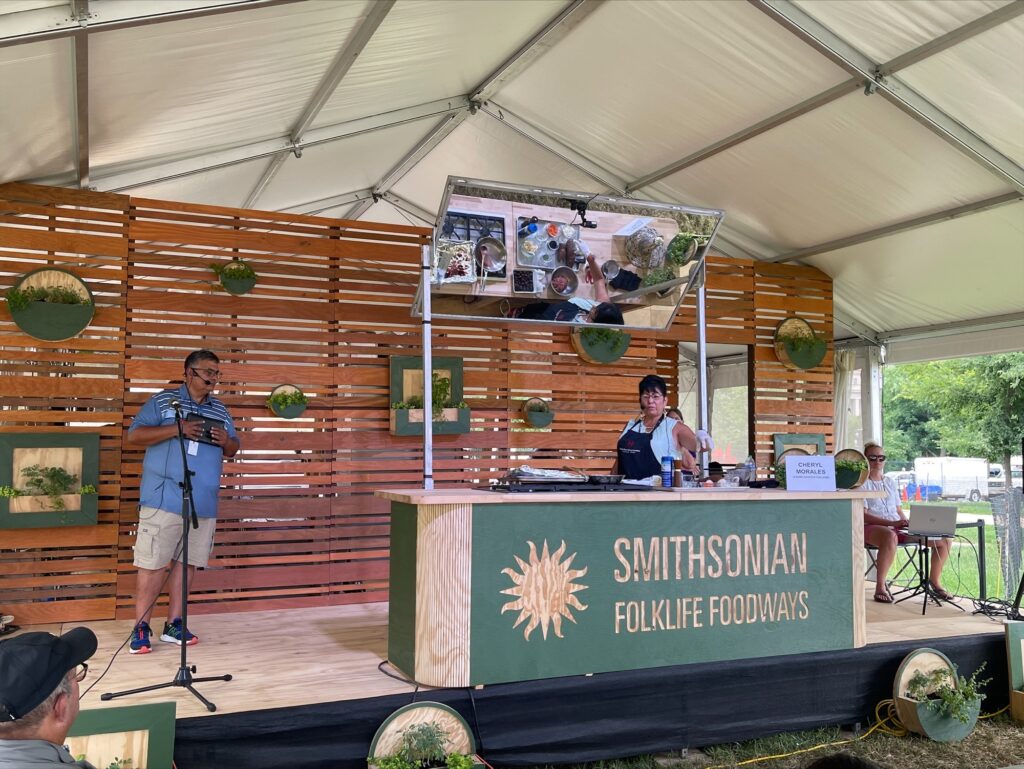
For the students, the festival was a rich learning experience. Scott Friskics, Aaniiih Nakoda College’s director of sponsored programs, said students earned academic credit for their participation in the five-day event, which included behind-the-scenes tours at the National Museum of Natural History and the National Museum of the American Indian, as well as meetings with program directors at the National Science Foundation. Students also completed readings, discussions, and journal assignments.
Genevieve Cochran, the Buffalo Research & Education Center’s outreach coordinator, also that students also participated in several panel presentations and answered questions from the general public –which was, for many, an eye-opening experience.
“What most of the students said is that they never realized how little most people knew about Native Americans and reservations, both historically and in modern times,” Cochran said. “These things are just not taught in most schools, so our mere existence is unknown to some.
“Some people asked if we still lived in tipis,” she said. “So the students were able to communicate and spread some knowledge about who we are as modern-day Natives.”
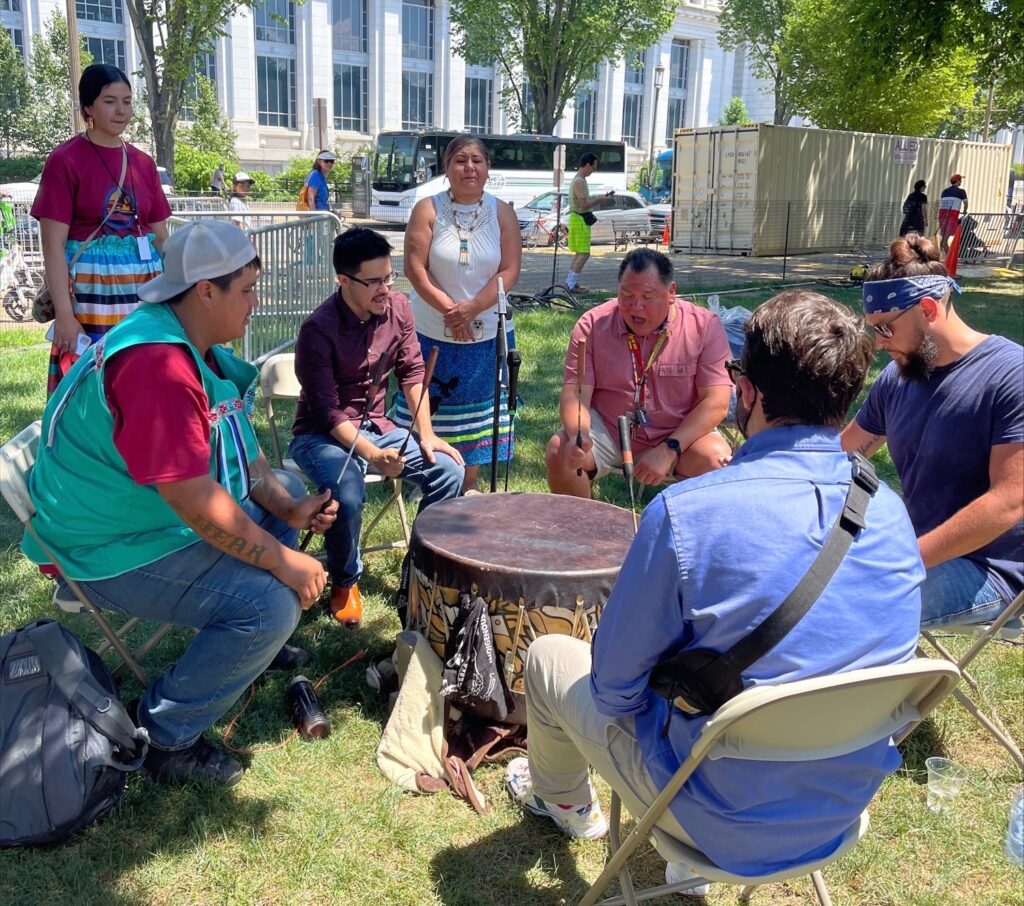
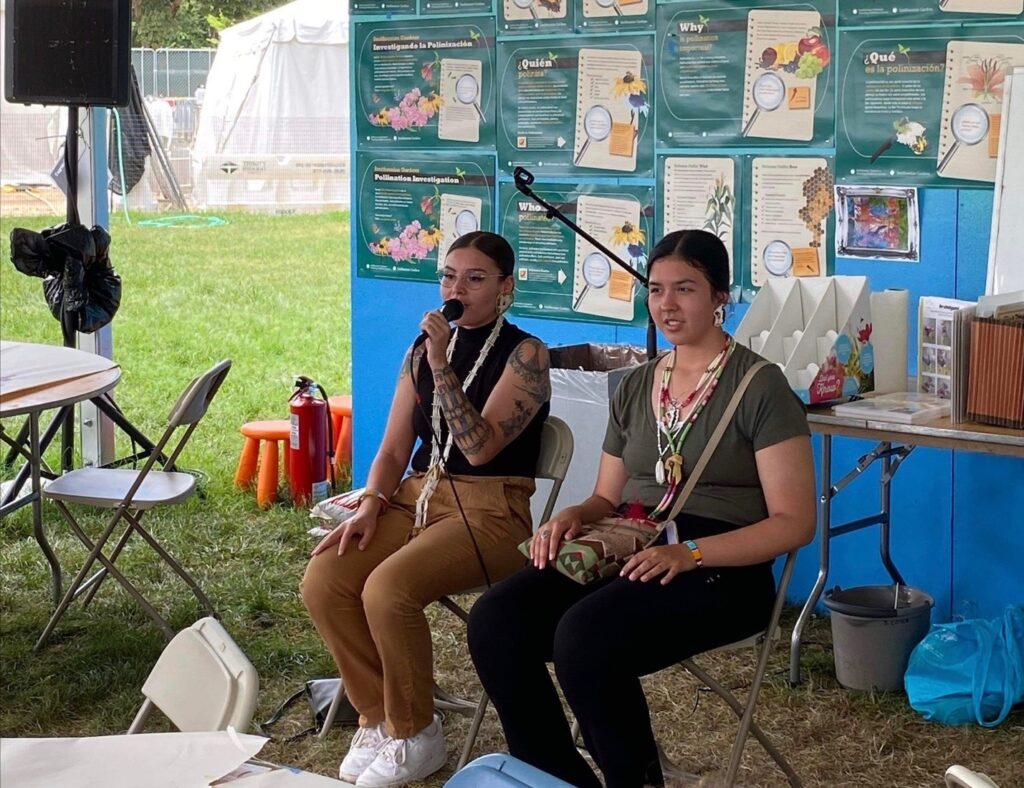
• • •
Enjoyed this story? Enter your email to receive notifications.
